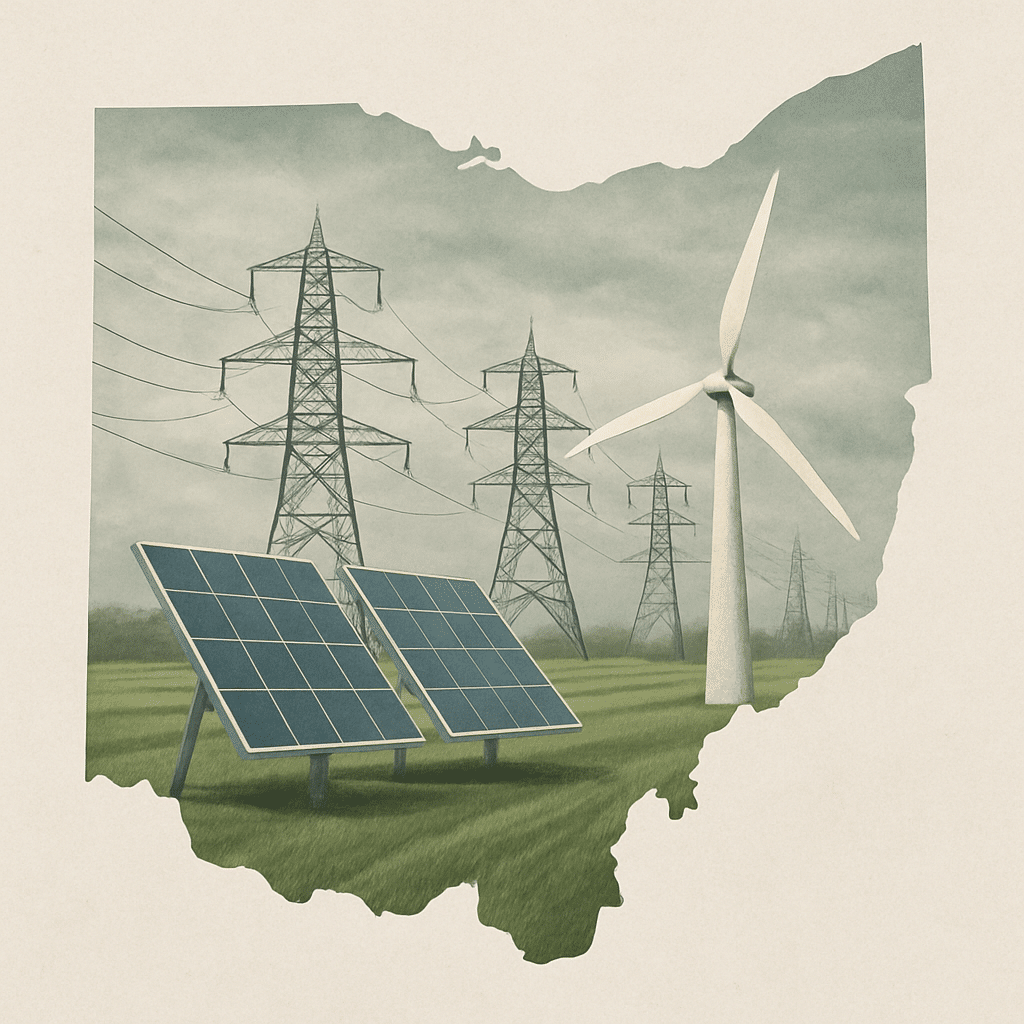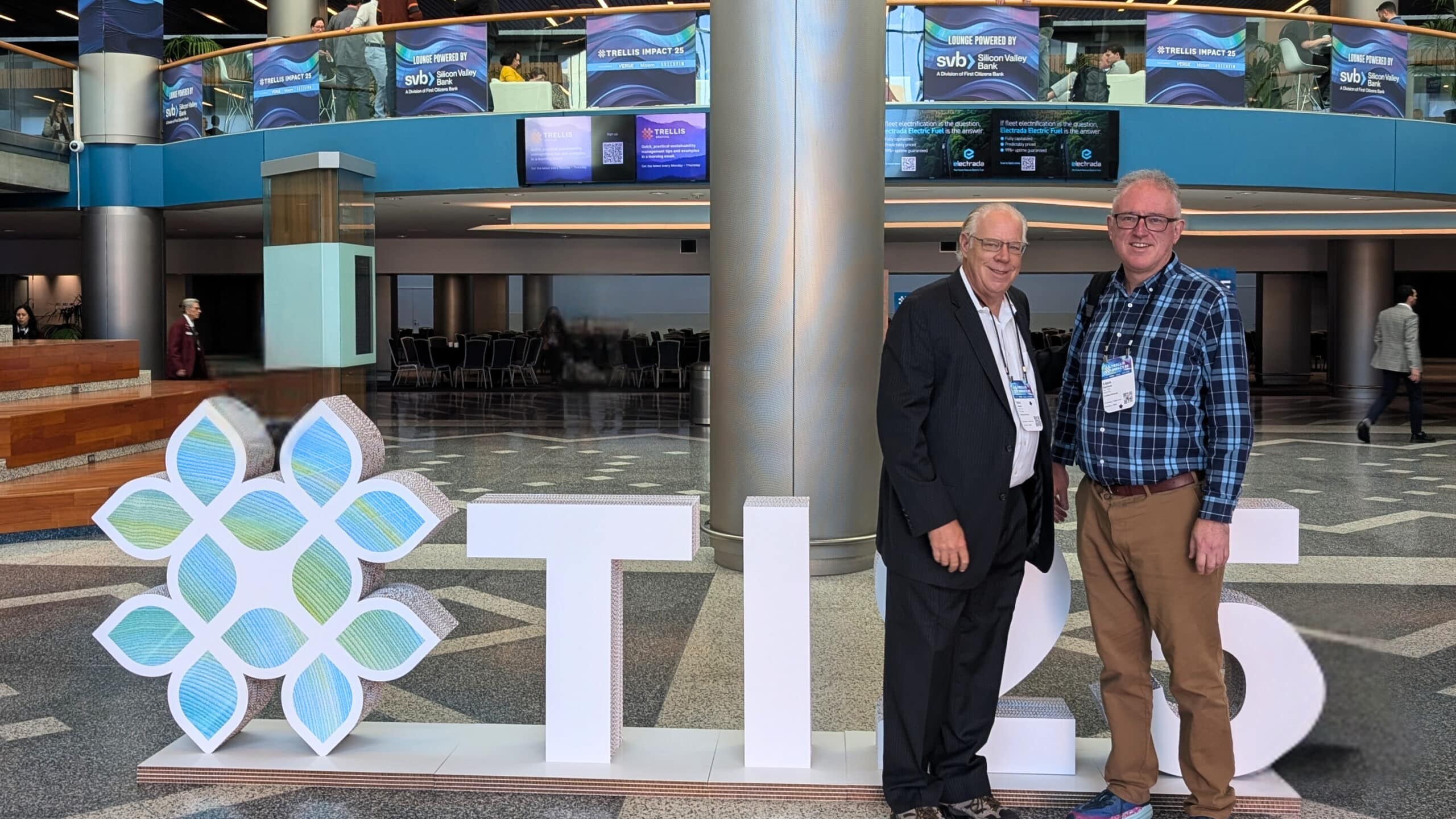
Our team has been taking a close look at Ohio’s private wire legislation — Substitute House Bill 15 (SHB 15) — and it stands out as one of the most imaginative and forward-leaning frameworks we’ve seen anywhere in the world. It’s still early days, but the bill could reshape how distributed generation and private energy networks develop in the U.S.
A Fresh Model for Self-Power
At the center of SHB 15 is the idea of a “mercantile customer self-power system” — a structure that allows large energy users to generate and consume their own power through private infrastructure.
The qualifying threshold is 700 MWh/year, but importantly, multiple customers can aggregate to meet that target. That means we could see the emergence of generator-to-many systems, where a single energy asset serves several facilities under a coordinated structure — a concept sometimes referred to elsewhere as an energy community.
From Policy to Possibility
From Policy to Possibility
This model effectively opens a new design space for distributed generation developers, investors, and industrial offtakers. It enables shared generation assets, simplifies interconnection hurdles, and aligns economic incentives for locally controlled energy.
SHB 15 also introduces meaningful tax and permitting reforms:
- The TPP tax rate on new generation and substation equipment falls from 24% to 7%.
- Transmission and distribution assets see similar reductions.
- Siting and permitting processes are streamlined — a rare combination of fiscal and regulatory clarity.
These changes materially improve project economics for mid-sized, private-wire systems.
The Complexity Behind the Opportunity
While matching one generator with one load is straightforward, the real potential of SHB 15 lies in multi-customer configurations. Those projects will demand advanced modelling — integrating load diversity, generation profiles, imported power forecasts, and the evolving role of flexibility measures such as storage or demand response.
Some communities may even choose to “solve for carbon,” designing systems that minimize lifecycle emissions as part of a premium energy offering.
Looking Ahead
If implemented effectively, SHB 15 could become a template for other U.S. states, showing how private-wire networks can coexist with the broader grid while driving investment, reliability, and decarbonization.
It’s an unusually liberal and imaginative policy — one that could catalyze a wave of innovation from developers and industrial customers ready to explore what’s now possible.









